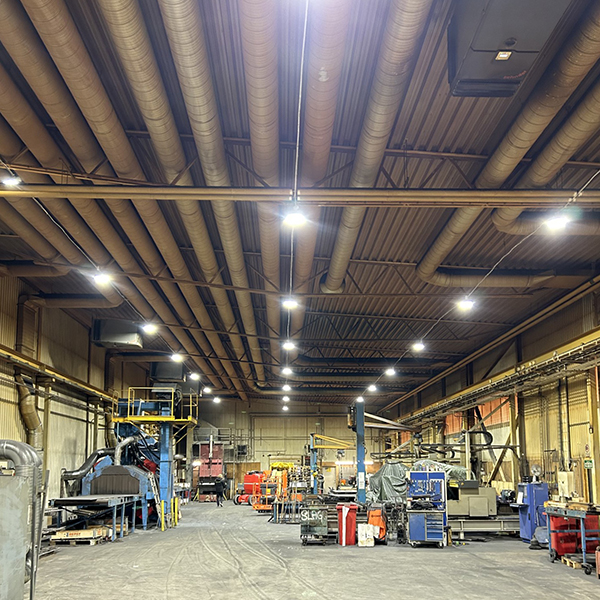Harnessing Smart Controls in Industrial Lighting
Harnessing Smart Controls in Industrial Lighting
Blog Article
In the present day Industrial lighting (Industribelysning), effectiveness, longevity, and cost-effectiveness are critical components for success. Among the many technologies which are revolutionizing industrial procedures, LED (Light Emitting Diode) technology stands apart as a casino game changer in professional lighting. Over the past decade, LED lighting is just about the preferred choice for firms seeking to enhance energy performance, lower working fees, and increase office safety. In this article, we investigate the critical role that LED engineering plays in surrounding the future of commercial lighting.

Energy Performance: Lowering Functional Prices
One of the very substantial features of LED engineering in commercial lighting is its power efficiency. Unlike traditional illumination possibilities, such as incandescent or fluorescent lights, LEDs eat up less electricity while providing exactly the same (or actually superior) amount of brightness. Studies reveal that LED lights can reduce energy usage by as much as 75%, translating in to substantial savings for professional features over time. These cost savings may be reinvested in other critical regions of the company, further increasing working efficiency.
Longevity and Durability
LED illumination is noted for its extended lifetime, with several LED lamps lasting up to 50,000 hours, compared to only 1,000 hours for incandescent bulbs. That endurance decreases the need for repeated replacements, lowering maintenance charges and downtime in commercial settings. Furthermore, LED lights are far more tough, effective at withstanding tough conditions such as for example excessive temperatures, vibrations, and shocks. This makes them well suited for challenging professional surroundings like warehouses, factories, and production plants.
Improved Illumination and Presence
In industrial adjustments, appropriate illumination is crucial for worker safety and productivity. LED lights present superior illumination and better gentle distribution, ensuring that perform parts are lighted uniformly. It will help reduce the chance of accidents, especially in places wherever precision and awareness of aspect are required. The increased awareness also plays a role in increased worker performance, as tasks could be finished more precisely and with fewer mistakes.
Environmental Influence and Sustainability
As environmental problems keep on to rise, organizations are significantly embracing sustainable solutions. LED lighting is really a more eco-friendly selection compared to traditional illumination technologies. LEDs do not include dangerous resources like mercury, which will be typically within fluorescent bulbs. Moreover, they're 100% recyclable, lowering the total amount of waste generated by commercial facilities. By creating the change to LED technology, businesses can lower their carbon impact and donate to a greener future.

Conclusion
The adoption of LED engineering in professional lighting presents a multitude of benefits that enhance the operational effectiveness and sustainability of businesses. From their energy-saving functions to their toughness and superior illumination quality, LED technology is transforming commercial lighting and allowing organizations to remain aggressive in a ever-evolving market. As industries continue steadily to prioritize power efficiency and cost-effective answers, LED technology may certainly perform an important position in shaping the future of professional lighting. Report this page